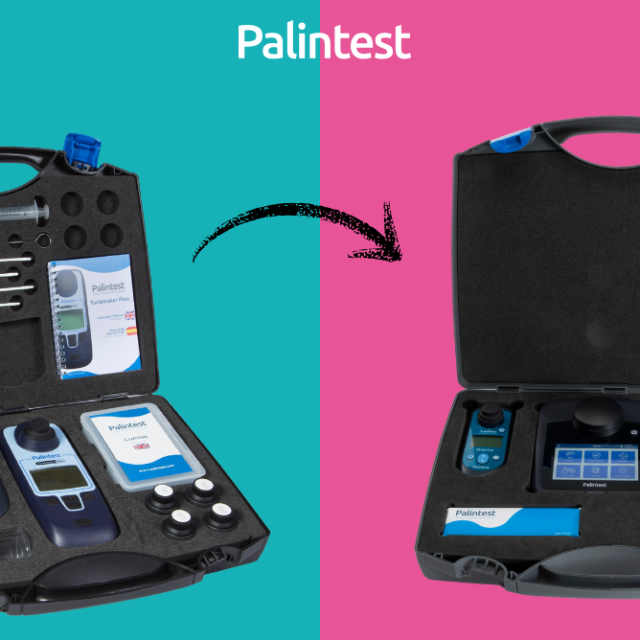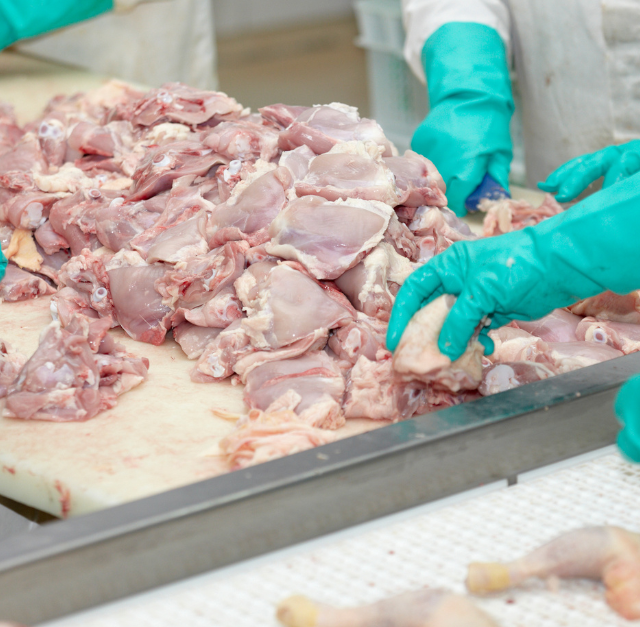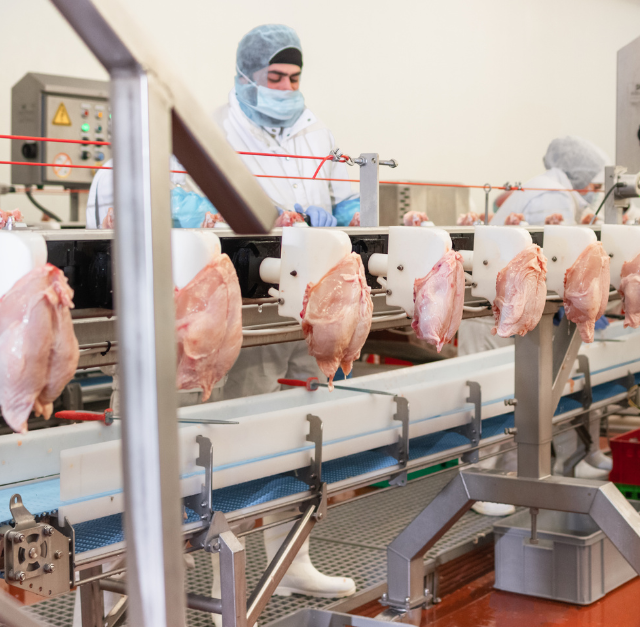
Why Post-Harvest Water Safety Needs a Global Mindset
Food safety has become a borderless issue. Whether salad is grown in Spain, processed in the US, or eaten in Singapore, post-harvest water safety is a shared responsibility. Clean water isn’t just about hygiene; it’s about trust, trade, and regulatory compliance across entire supply chains.
For growers, processors and packers, ensuring safe water use in post-harvest operations is now one of the most scrutinised aspects of food production. The need for effective monitoring, backed by reliable data, is driving a shift away from outdated testing methods — and toward smarter technologies that meet the needs of diverse regulatory frameworks.
Understanding Global Requirements
While the specific regulatory frameworks vary by region, the direction of travel is clear: post-harvest water safety must be verifiable, traceable, and grounded in science. In the UK, retained EU regulations such as (EC) No 852/2004, alongside guidance from the Food Standards Agency, demand strict hygiene protocols for water used in direct food contact, including produce washing and rinsing. These standards are backed by both government inspections and the expectations of major supermarket chains.
In the United States, the FDA’s Food Safety Modernization Act (FSMA) — particularly the Produce Safety Rule — outlines detailed requirements for both agricultural and post-harvest water. These include mandatory testing intervals, risk-based assessments, and robust record-keeping practices to ensure water is safe at every stage of production.
Across the APAC region, water safety standards are evolving rapidly. Countries such as Australia, Singapore, and New Zealand are aligning their food safety regulations with international Codex Alimentarius principles, introducing more stringent expectations around water testing accuracy and frequency. These frameworks often emphasise preventative approaches, recognising the role of water quality in safeguarding both domestic and export food markets.
Retailer Expectations and the Demand for Proof
Retailers across all regions are also playing a significant role in raising the bar for post-harvest water safety. Leading supermarket groups now demand that suppliers undergo rigorous third-party audits, which often include a detailed evaluation of water disinfection practices and testing protocols. This isn’t just about ticking boxes — it’s about demonstrating active control and continuous monitoring of hygiene risks.
For producers looking to access and maintain their position in global markets, simply applying a disinfectant is no longer enough. They must now prove — with traceable, tamper-proof data — that the water used throughout the post-harvest process is consistently treated to eliminate microbial risk. In this environment, the ability to deliver accurate, repeatable testing data is as important as the disinfection itself.
What Happens When Testing Fails?
Insufficient or inaccurate testing can have serious consequences — both in the short and long term.
- Outbreaks and recalls: Pathogens such as E. coli, Listeria, and Salmonella can persist in rinse water, especially if disinfectants like chlorine dioxide or PAA are underdosed.
- Audit failure: Without proper test records, producers risk failing third-party audits or losing key retailer contracts.
- Lost productivity: Inconsistent results can lead to unnecessary downtime, overuse of chemicals, or delays in release-to-market timelines.
The real risk isn’t the disinfectant — it’s the inability to prove it worked.
Limitations of Legacy Testing Methods
Traditional test methods — such as DPD comparator kits or visual strip tests — are increasingly viewed as inadequate in modern post-harvest environments. They struggle with interference from turbid or particle-heavy samples, and often rely on subjective interpretation.
Inconsistent data, manual record-keeping, and operator error all contribute to the growing demand for more robust solutions that provide confidence in post-harvest water safety.
Kemio Disinfection: The Smarter Solution
Kemio Disinfection, from Palintest, answers this call. Designed for demanding food production environments, Kemio Disinfection uses electrochemical technology to deliver fast, accurate results across a range of disinfectants including free chlorine, total chlorine, chlorine dioxide, and peracetic acid (PAA).
Why Kemio Disinfection is ideal for post-harvest testing:
- Objective, repeatable results with no visual interpretation
- Resilience to turbidity and colour, ideal for real-world wash water
- Secure digital records, satisfying global audit and compliance needs
Whether you’re working under FDA oversight or preparing for a British Retail Consortium audit, Kemio Disinfection provides the clarity and confidence producers need.
Global Food Safety Requires Global Standards
As food systems become more interconnected, post-harvest water safety must be held to international standards — and tested with internationally trusted tools. Data must be reliable. Results must be defensible. And methods must withstand regulatory scrutiny from every direction.
In this evolving landscape, producers who invest in better water testing aren’t just protecting food safety — they’re futureproofing their business.
Frequently Asked Questions
What is post-harvest water safety?
- Post-harvest water safety refers to ensuring that all water used to wash, rinse, or transport fresh produce is free of harmful contaminants, properly disinfected, and compliant with local and international food safety standards.
Why do different countries have different water testing regulations?
- While global food safety standards are aligned through Codex and WHO frameworks, local laws vary due to climate, infrastructure, and enforcement capacity. Producers must understand and meet the standards in every market they serve.
What makes traditional testing methods unreliable?
- Methods like DPD comparators are prone to human error and can be compromised by water colour, turbidity, or sample inconsistencies — leading to inaccurate readings.
How does Kemio Disinfection help with global compliance?
- Kemio Disinfection offers electrochemical testing that delivers tamper-proof, digital results. It helps producers satisfy audit requirements across jurisdictions and maintain consistency.
What disinfectants can be measured with Kemio Disinfection?
- Kemio Disinfection accurately tests free chlorine, total chlorine, chlorine dioxide, and peracetic acid — the most common agents used in post-harvest water treatment.
Sign up for our newsletter
Please add your details below to receive our monthly newsletter and latest offers.




